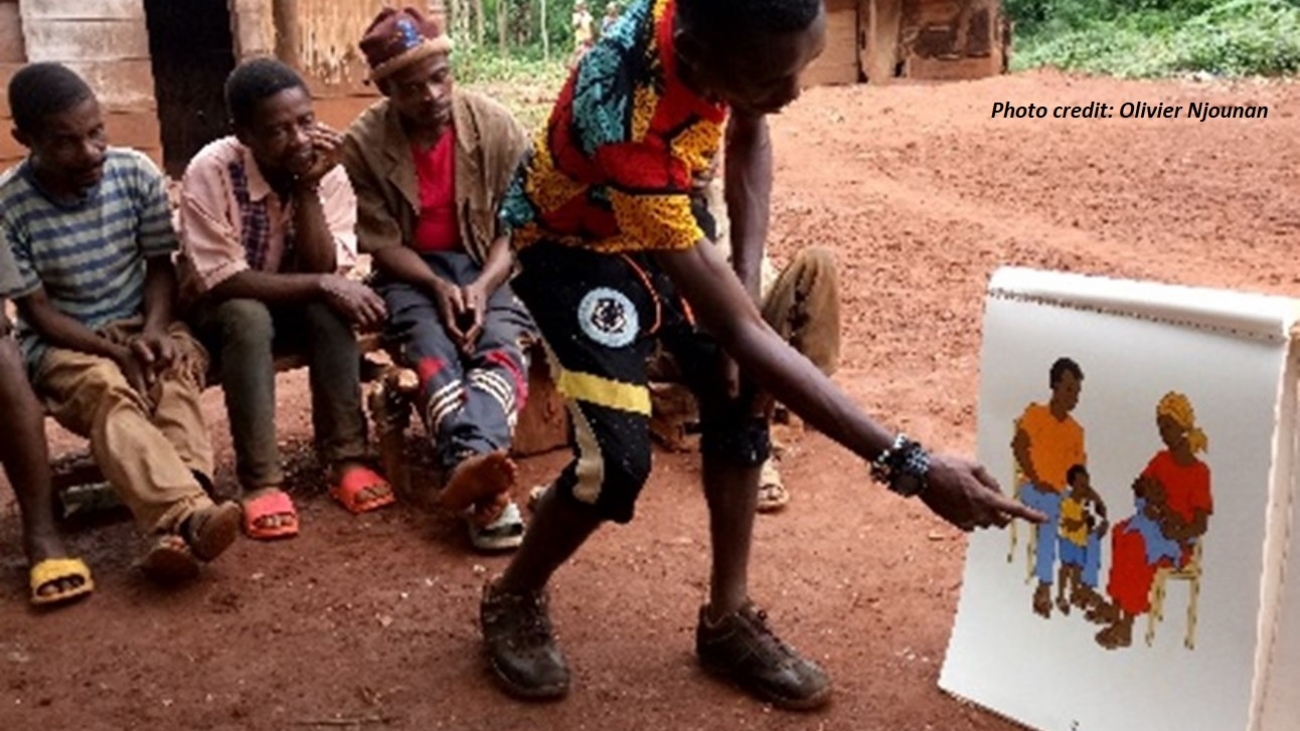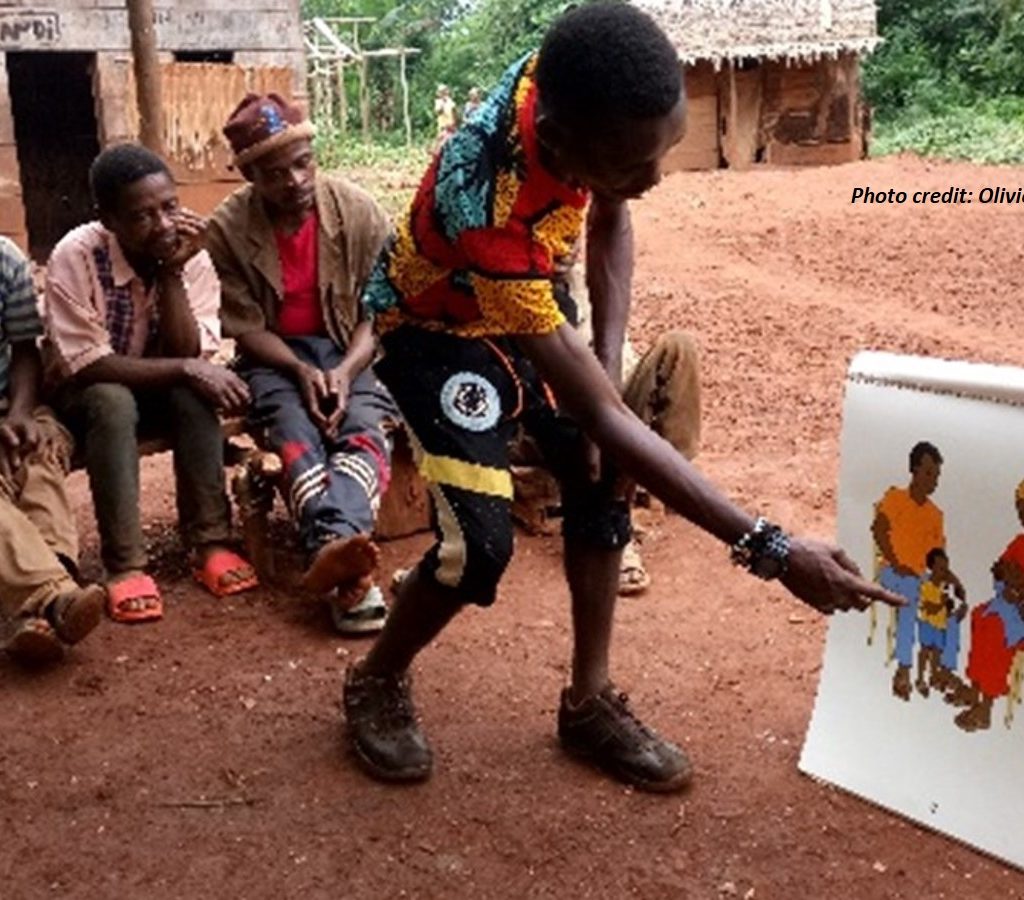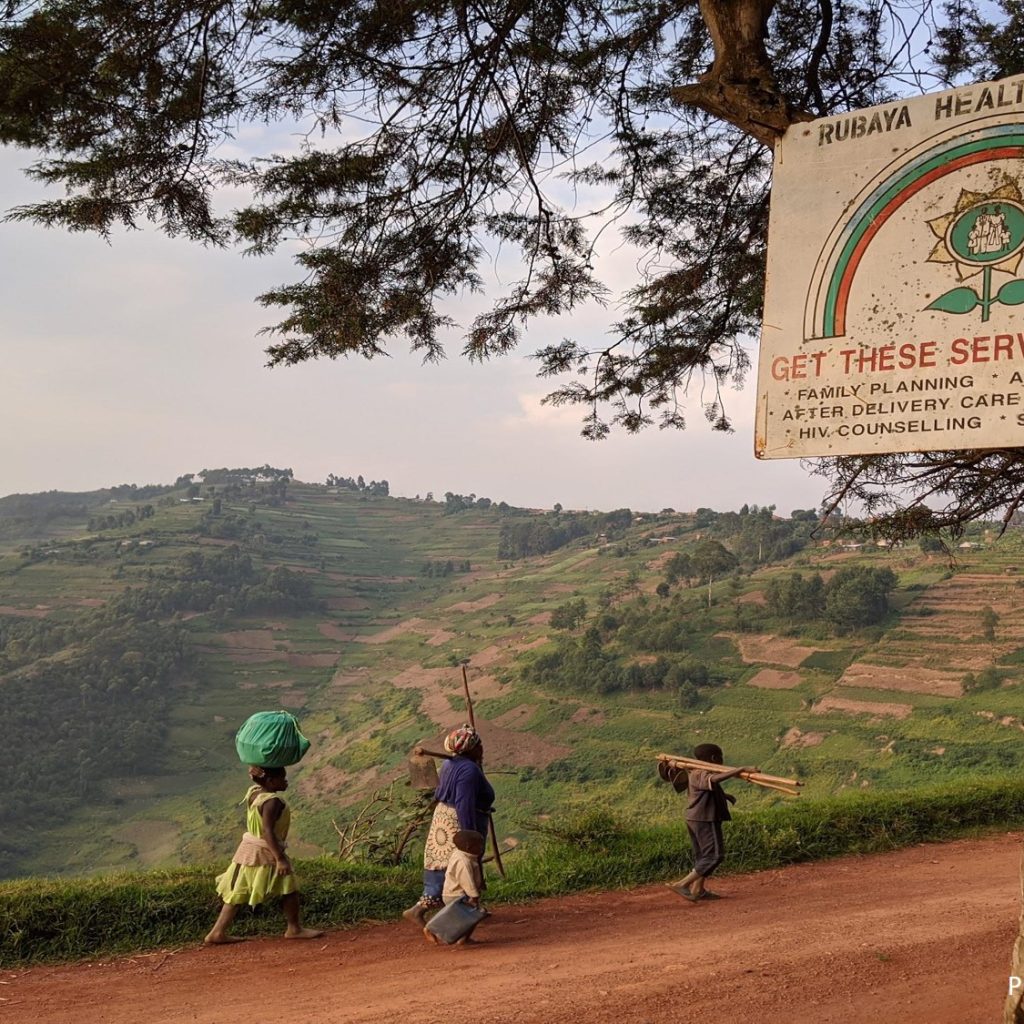World Environment Day was celebrated across the globe on June 5, 2022. Celebrated this year for the 49th time, this special day raises awareness on the responsibility we have in protecting our environment and the importance of conserving the planet for the sake of the current and future generation.
The event comes days after the Stockholm+50 event held on 2nd and 3rd June, under theme “a healthy planet for the prosperity of all – our responsibility, our opportunity.”
“The two-day meeting commemorated the 50th anniversary of the United Nations Conference on the Human Environment in Stockholm, the first world conference that placed environment issues at the forefront of international concerns (UNEP)
Therefore this year theme #OnlyOneEarth, seeks to remind us of our role as nations and citizens of the earth, to protect and conserve our environment and to encourage sustainable living everywhere and every day. The day, also, reminds key decision makers of their obligation that awaits them in making decisions that protect rather than destroy our environment. As well as, calls for shared, transformative action to protect and restore our planet earth.
The three global crisis of climate change, nature loss and pollution, is a constant reminder that the need for action is now more important than ever and needs to happen at all levels. That humanity must take action to conserve and restore the environment, and shift from activities that harm the planet and undertake those that heal the planet.
Integrating Population, Health, and Environment into Community-Centered Conservation Work in Tanzania
Theory of change (TOC) of integrating family planning with biodiversity conservation is aimed in building a resilience of families, with the assumption that when people access to family planning will help them improve access to food security, improved livelihood by providing linkages to livelihood intensities, and provide better education to their children






